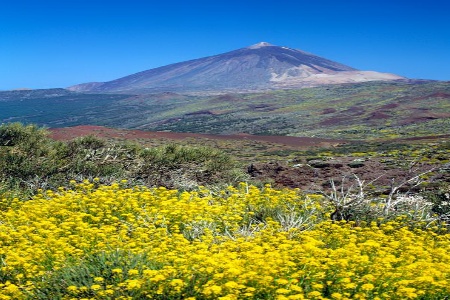Article
Tenerife Holds Secrets to World’s Biggest Ever Volcanic Eruptions
Published: Thu 25 Oct 2012 at 09:51
Updated: Thu 25 Oct 2012 at 11:56

The towering peak of Mount Teide volcano is the first thing most people taking cheap flights to Tenerife see, and now it is helping scientists understand the massive volcanic explosions which helped shape our planet.
Holiday-makers book cheap flights to Tenerife largely for the sunshine and beaches, but scientists go there with another purpose in mind – to study Las Cañadas, the volcanic caldera that is home to Mount Teide, the third highest volcano in the world. Tenerife is a volcanic island in the extreme, formed when three separate shield volcanoes united to become the single structure of Las Cañadas. Over the past 700,000 years, it has suffered several devastating explosions, the smallest of which ejected 25 times more pyroclastic material than the 2010 Eyjafjallajökull eruption in Iceland.
A Magnificent Sight
Mount Teide, which is also known as Las Canadas IV, grew from a caldera formed when the summit of the previous volcano collapsed – the most recent of several such events. The peak suffered a minor eruption in 1906 and since then has remained dormant. However, the potential exists for a massive explosion on the scale of that which happened in the far past. Today, scientists researching crystalline nodules in previous pyroclastic deposits have uncovered valuable information that will help them predict future events. It appears that a type of magma mixing takes place just before large eruptions, causing the magma chamber to empty and the volcano to collapse.
Visitors can learn more about this research – and maybe meet some volcanologists – by booking cheap flights to Tenerife with Jet2.com.





